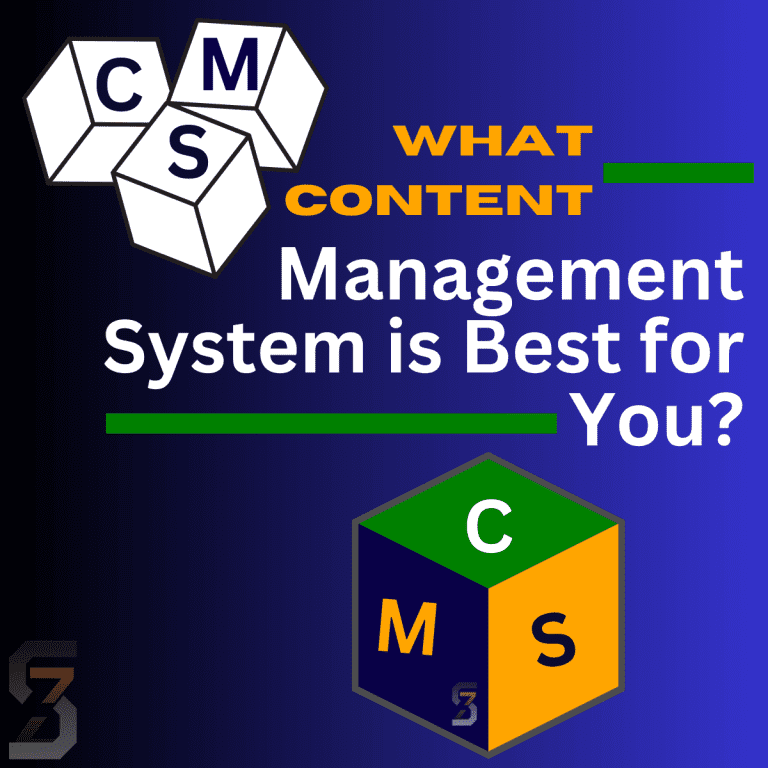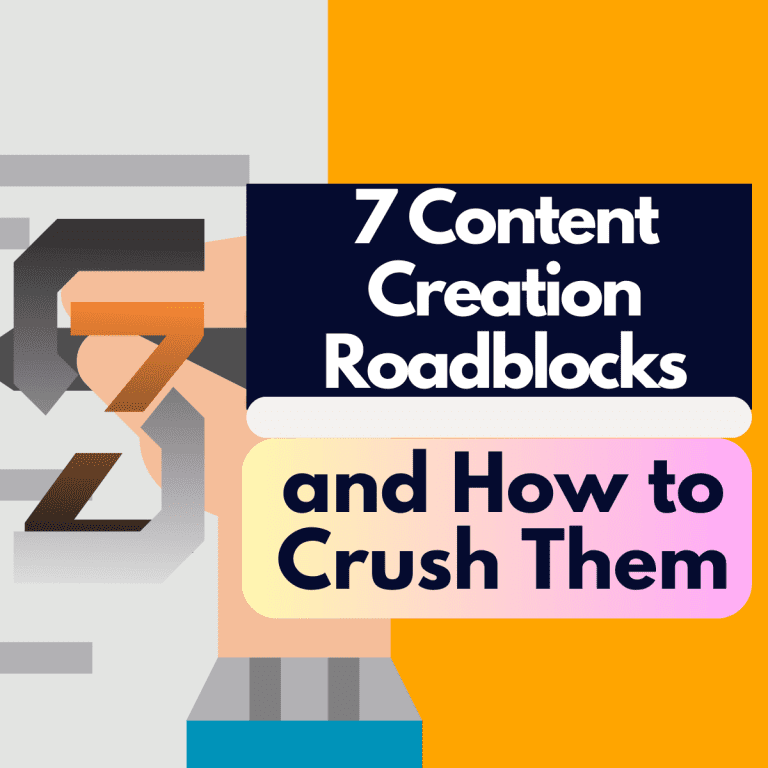Please Follow us on social media >>>>
How Microcontent is Shaping the Future of Content Marketing
The Rise of Microcontent is the next big thing big organizations and brands are talking about.
Why is that so?
Because content creators are now facing a new challenge: retaining the attention spans of their audiences.
How do you capture and engage your audiences in a world where everything is fast and smart?
If you are a business or brand, how do you get the best copywriters to write exactly what your audience wants?
This is where microcontent steps in, offering a bite-sized solution to the content marketing space.

Microcontent, those bite-sized pieces of information like social media posts and infographics, is rapidly transforming the way brands connect with their audience.
The goal is to give information in a concise and visually appealing format.
You want to use it to capture attention, boost engagement, and shape the outcome of your content efforts.
So, what exactly is microcontent?
What is Microcontent?
Unlike lengthy blog posts or white papers, microcontent refers to short, focused pieces of information designed for quick consumption.
Nielsen Norman Group brings it home when it referred to microcontent as “a few Small words that have a mega impact”
Think of it as the snack-sized counterpart to a full-course meal.
According to a study by SDC, this type of content plays a crucial role in localization and chatbot responses too.
That meaning has been expounded in more recent times to include:
- Images
- audio
- Videos
- Uniform resource locators
- Infographics
- Headlines
These bite-sized wonders can take many forms. But let’s see some common examples of microcontent in action.
Examples of Microcontent:
- Social media posts—eye-catching tweets, engaging Facebook updates, or visually compelling Instagram stories—all fall under the microcontent umbrella.
- Infographics: These data visualizations use charts, graphs, and icons to present complex information in a clear and visually appealing way.
- Short videos: From quick explainer videos to captivating snippets showcasing a product, short-form video content is a powerful microcontent tool.
- Headlines and blurbs: Compelling headlines on blog posts or website landing pages can also be considered microcontent, as they play a crucial role in grabbing attention and sparking interest.
Who is Microcontent for?
- Social media managers constantly need fresh, engaging content to keep their audience hooked. Microcontent like eye-catching visuals, short videos, or quick polls can be a lifesaver.
- Content Marketers: Microcontent complements long-form content by promoting it on social media, providing bite-sized takeaways, or repurposing existing content into new formats.
- E-commerce Businesses: Product descriptions, short explainer videos showcasing features, or user-generated content snippets can all be microcontent gold for e-commerce.
- Local Businesses: Microcontent lets them connect with their local community by sharing updates, special offers, or behind-the-scenes glimpses in an easily digestible way.
- Non-Profit Organizations: They can use microcontent to raise awareness about their cause, share impactful stories, or encourage donations through infographics or short videos.
Others who benefit from small, focused content
Educational Institutions: Microcontent is perfect for sharing quick learning tips, study hacks, or class announcements, keeping students engaged and informed.
Public figures and influencers: They can leverage microcontent to share snippets from their work, engage with their audience through polls or Q&As, or promote upcoming events.
✴︎ Let’s
write for you—now
SAAS Companies: Microcontent can be used to explain complex features in a simple way, showcase customer testimonials, or announce new product updates through short videos or infographics.
B2B Businesses: Thought leaders also go for it. They us it to share industry trends or insights in bite-sized pieces or promoting white papers or webinars through infographics or social media posts.
Freelancers and Solopreneurs: Microcontent allows freelancers to promote their expertise, share client testimonials, or take their services in an engaging way on social media platforms.
Now, let’s go into the many benefits microcontent offers for content marketing. I also call this Snackable content. Let’s see the benefits below:
Benefits of Snackable content to your business and brand:
Increased Engagement and Reach: Microcontent’s convenient format is perfect for busy audiences.
They’re easily shared and consumed on the go, leading to higher engagement rates and a broader reach for your brand message.
Consistent creation and distribution of microcontent keeps your brand at the forefront of your audience’s mind.
Regular exposure through bite-sized pieces builds brand recognition and strengthens brand identity. You don’t want to miss this opportunity to improve your brand awareness.
SEO Benefits (Increased Website Traffic): Microcontent, when optimized with relevant keywords, acts as traffic magnets, drawing viewers to your website for more in-depth content.
Strategic use of hashtags and links in microcontent will also significantly boost organic website traffic.
Cost-Effective Content Creation: Compared to creating long-form content, microcontent production is generally less time-consuming and resource-intensive.
This allows you to create a steady stream of content without breaking the bank.
You can also use microcontent to generate more leads to your business, home page, landing page of any other website.
Challenges of Microcontent: Bite-Sized Doesn’t Mean Bland
While microcontent boasts a plethora of advantages, it’s not without its challenges. Here are a few things to keep in mind:
- Limited Space for In-Depth Information: By its very nature, microcontent has limited space to convey complex ideas. It excels at sparking interest and delivering quick takeaways, but conveying details or in-depth explanations can be difficult.
- Importance of Quality and Creativity to Stand Out: While focusing on bite-sized content, standing out requires exceptional quality and creativity. Your microcontent needs to be visually appealing, informative, and engaging to capture attention.
The best ways to use microcontent are:
So, how can you create microcontent that shines? Here are some key strategies:
- Use Strong Visuals: Eye-catching images, infographics, or short video clips will be all you need to grab attention instantly and make your content more memorable.
- Strategic Keyword Placement: SEO doesn’t stop with long-form content. By strategically incorporating relevant keywords into your microcontent (like headlines and social media posts), you will improve search engine visibility and attract a wider audience.
Clear Calls to Action (CTAs): Don’t leave your audience hanging! Every piece of microcontent should have a clear call to action, whether it’s directing them to a longer blog post, encouraging them to visit your website, or prompting them to share your content.
Echez O’ Ford
Now, microcontent is most effective when used as part of a comprehensive content strategy.
Here’s how to integrate it seamlessly with long-form content:
- Use Microcontent to Promote Longer Content: Teaser posts on social media with good headlines and visuals will pique your audience’s interest and drive them to your in-depth blog posts or articles.
- Break Down Long-Form Content into Micro-Sized Chunks: Repurpose sections of your long-form content into bite-sized pieces like infographics or short videos. This allows you to reach a wider audience and provide different avenues for consuming your content.
- Create a Cohesive Content Ecosystem: Think of your content as an interconnected web. Use microcontent to link back to your long-form content, and vice versa. This keeps your audience engaged and encourages them to delve deeper into your brand’s story.
- Be creative: Sometimes, when there are new findings on a post you already have, instead of rewriting the post, use microcontent to share the new ideas while pointing to the original poast.
The benefits of microcontent:
While the benefits of microcontent might seem intuitive, let’s solidify them with some data points:
A short and sweet capture Attention: A Microsoft study revealed that the average human attention span has shrunk to eight seconds, showing the need for concise content formats.
Engagement on the Rise: Social Media Today reports that social media posts with visuals generate 65% higher engagement than text-only posts. This emphasizes the power of visuals in microcontent.
The Click-Through Magic: Studies by HubSpot show that headlines with strong CTAs can improve click-through rates by up to 9.3%.
What does that mean for you and your business? It means you should start investing in some form of Short focused content.
Challenges of writing good microcontent
As with any other type of content creation, you have to do it right. But doing it right comes with certain challenges. Let’s talk about some of them below:
Limited Space for In-Depth Information:
Microcontent thrives on brevity, but this can make it difficult to convey complex ideas or nuanced details. You need to find a way to deliver a clear message or impactful takeaway in just a few words or visuals.
Standing Out in a Crowded Space:
The world of microcontent is overflowing with bite-sized pieces vying for attention. To make your content shine, you need exceptional quality and creativity. Your microcontent must be visually appealing, informative, and engaging to capture attention in a sea of similar content.
The challenge of creating headlines and CTAs:
Headlines and calls to action (CTAs) play a crucial role in microcontent. With limited space, you need to craft headlines that are clear, concise, and grab attention.
Similarly, your CTAs must be strong and encourage viewers to take the desired action, whether it’s visiting your website, learning more, or engaging with your brand.
Finding the Right Balance Between Text and Visuals:
While visuals are powerful tools in microcontent, relying solely on images or infographics can leave your message incomplete.
The key is to strike a balance between compelling visuals and clear, concise text. This ensures your microcontent conveys the necessary information while remaining visually engaging.
Maintaining Consistency for Maximum Impact:
Microcontent is most effective when used strategically and consistently.
Creating a single captivating tweet or infographic is great, but to truly reap the benefits, you need to develop a consistent flow of high-quality microcontent.
This requires ongoing planning, creativity, and time management skills.
Pro-tip on writing microcontent
Forgetting Focus: Microcontent thrives on laser focus. While you can touch on multiple points, aim for a single, clear takeaway. Cramming too much information into a small space will leave your audience confused and forgetful.
Underestimating Design: Don’t underestimate the power of design in microcontent. A bland image or uninspired infographic won’t capture attention in a crowded online space. Invest in strong visuals that are both aesthetically pleasing and relevant to your message.
Call to Action Misstep: A strong call to action (CTA) is the engine that drives results from your microcontent.
Avoid generic CTAs like “Learn More.” Instead, craft clear and specific CTAs that entice viewers to take the next step, whether it’s visiting your website or subscribing to your newsletter.
Neglecting Consistency: Sporadic content creation won’t yield significant results. Develop a consistent content calendar to regularly publish engaging microcontent.
This keeps your brand at the top of your audience’s mind and fosters stronger engagement.
Losing the Human Touch: Microcontent doesn’t have to be robotic. Infuse your content with personality and brand voice.
Humor, storytelling elements, or a conversational tone can make your microcontent more relatable and memorable.
Tools to create the best microcontent
Canva: This free graphic design platform is a gold mine for creating visually appealing short content of any type.
It offers a library of templates for social media posts, infographics, presentations, and even short videos.
With its user-friendly interface and drag-and-drop functionality, you can create stunning visuals without any design expertise.
Hemingway Editor: [Hemingway Editor] This free online writing tool helps you craft clear and concise microcontent.
Hemingway highlights complex sentences, passive voice, and adverbs, encouraging you to write in a simpler and more direct style.
This is crucial for microcontent, where every word needs to pack a punch.
Headline Analyzers: Several free and paid headline analyzer tools are out there to help you create the best headlines.
These tools analyze your headline’s clarity, word choice, and emotional impact, predicting its effectiveness in grabbing attention.
Some popular headline analyzer options include
- CoSchedule Headline Analyzer, (I use this)
- Sharethrough Headline Analyzer, and
- Advanced Marketing Institute’s Headline Studio.
FocusWriter: [FocusWriter] This distraction-free writing app helps you stay focused and churn out microcontent efficiently.
FocusWriter minimizes distractions by hiding everything on your screen except the line you’re writing on.
This allows you to enter a flow state and write concise, impactful content without getting sidetracked.
Content Shortening Tools: While some microcontent needs to be created from scratch, other times you can repurpose existing long-form content into bite-sized pieces.
Tools like Jasper (Formerly known as Jarvis) or ShortlyAI can help you summarize longer articles or blog posts into concise microcontent formats, saving you time and effort.
There are many platforms where you can share your microcontent to gain visibility. Here are some key options to consider:
Social media platforms to post mini contents:
Twitter: Twitter is a great platform for sharing short, text-based microcontent like catchy headlines, insightful quotes, or quick tips related to your writing niche. Utilize relevant hashtags to reach a wider audience.
Instagram: Instagram thrives on visually appealing content. Share eye-catching infographics, short explainer videos showcasing your writing process, or before-and-after examples of your editing magic. Leverage Instagram Stories for even more creative microcontent opportunities.
LinkedIn: LinkedIn caters to a professional audience. Share microcontent that demonstrates your expertise in writing and content marketing, e.g., industry trends, writing tips, or success stories from past clients. Engage with relevant communities and discussions.
Other Platforms: Depending on your target audience and writing niche, explore other platforms like Pinterest (for visually appealing writing prompts or content organization tips), TikTok (for quick, engaging writing hacks or behind-the-scenes glimpses), or Facebook Groups related to writing or content marketing.
Content Sharing Platforms:
- Medium: Publish short, informative articles related to writing and content marketing on Medium. This platform allows you to showcase your expertise and reach a wider audience interested in similar topics.
- Quora: Answer questions related to writing and content marketing on Quora. This is a great way to establish yourself as a thought leader and drive traffic back to your website or blog, where you can offer more in-depth writing services.
- Online Communities: Participate in online communities dedicated to writing, content marketing, or your specific writing niche. Share valuable content like infographics, writing prompts, or insightful comments within these communities to gain recognition and establish yourself as a resource.
Website and Blog:
- Blog Posts: Integrate microcontent like short videos, infographics, or creative headlines within your blog posts to break up text and enhance engagement.
- Dedicated Short-form content Section: Consider creating a dedicated section on your website specifically for microcontent like writing tips, bite-sized industry insights, or client testimonials.
Creating quality content is time-consuming!
While the power of Mini content is undeniable, consistently creating high-quality, engaging bite-sized pieces can be a challenge. Between juggling deadlines and managing other aspects of your business, it’s easy to feel overwhelmed.
This is where Successzenith.com comes in!
Our team of expert writers specializes in crafting captivating microcontent that grabs attention, sparks engagement, and drives results.
Ready to elevate your content marketing strategy and watch your brand flourish?
Head over to Successzenith.com and let’s discuss your content needs.
We’ll help you create a winning strategy and free up your valuable time to focus on what you do best running your business!



